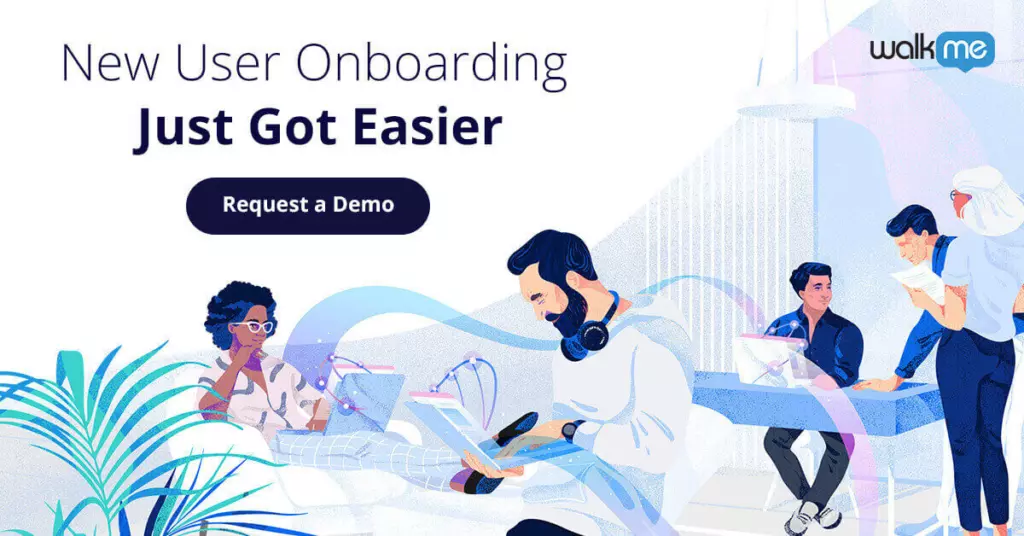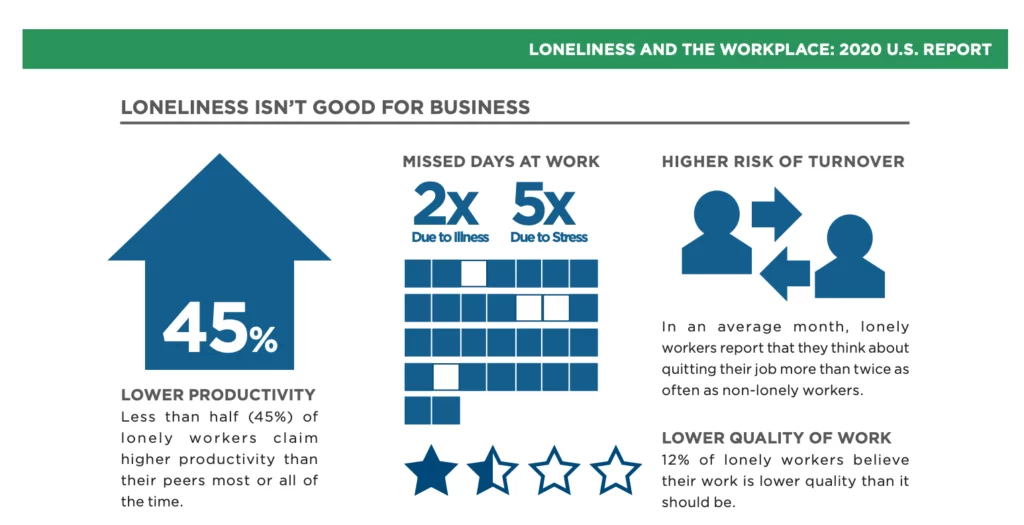When a new employee joins a company, there are a series of factors to consider to ensure a successful onboarding experience. In the fast-paced digital world of today, the goal is for employees to be onboarded as quickly and efficiently as possible.

The need to invest in successfully onboarding new employees is not lost on companies. Studies have shown that up to 20% of staff turnover happens within the first 45 days of beginning a new job. That underscores the need for a comprehensive onboarding plan that won’t leave any stone unturned.
Properly onboarding employees can be broken down into 3 elements: technical, organizational and social.
On average, 80% of what a new employee learns is forgotten. With so much information to retain and processes to remember, new hires will have difficulty mastering it all.
Employees (both new and tenured) are expected to work with a suite of digital tools from HR systems to department-related software like CRM. Becoming proficient in multiple systems requires a considerable amount of training hours invested by the trainer and the new employee.
While the scope of onboarding needs vary, growing companies can expect to onboard dozens to hundreds of new employees on a weekly basis. Traditional methods of instruction like classroom training or online webinars are simply not scalable. The pace of onboarding demands more flexible and sustainable solutions tailored to each employee.
Digital Adoption Platforms:
Digital adoption platforms are training solutions that leverage innovative technology to provide interactive, contextualized learning to users in the form of guides and walk-thrus. Shown to significantly reduce support questions, digital adoption platforms enable new employees to be self-sufficient, engaged and more productive.
Measuring Onboarding:
An effective employee training plan is crucial to onboarding. Measurable short-term goals give new hires and their managers clarity into areas that need improvement. When it comes to software, there is usually less transparency into a new employee’s proficiency. But with a digital adoption platform, built-in analytics track how an application is used and follow training walk-thrus. Insights are collected and can be used to zero-in on areas of confusion to customize the user’s journey and maximize digital dexterity.

Loneliness in the workplace is especially acute for new employees. It is difficult to be a newcomer to an established team and adapt to a different work culture. Expectations are high, and new employees are more on edge to not only prove themselves, but to be socially accepted.
Buddy System:
New hires can feel lost and even intimidated in their first few weeks on the job. Establishing a buddy system can mitigate those initial feelings of uncertainty. The ideal buddy is a seasoned employee from the same department who welcomes the new hire on their first day. The buddy’s responsibility is to be a friendly face to eat lunch with, answer any questions and be the new hire’s guide to feeling comfortable at work.

Credit: Cigna
Team Events:
Socializing inside and outside of the office creates stronger professional relationships and improves communication. The manager or team lead should set time on the calendar for weekly team lunches and monthly or quarterly team events out of the office. Integration is easier for new employees when there is an established social cadence within a team.
Organizational Onboarding – company culture and values
Every company has its own culture complete with a set of values and a “way of doing things.” Understanding the structure of an organization and how each department interacts with one another is crucial to new employee acclimation.
Fundamentals:
The basics cannot be overlooked when onboarding new employees. While it may seem trivial, explaining how the coffee machine works to navigating the building is important to familiarize recruits to their new workplace.
Company Culture:
When someone decides to accept a job, they most likely identify with the organization’s story, product or ethos. Properly onboarding new employees means investing the time to ensure that new hires fully understand the company’s history, brand, mission and values.
Maximize onboarding ROI
If retaining talent is a priority, a comprehensive onboarding plan for new employees is a must. 69% of employees are more likely to stay with a company for three years if they had a positive onboarding. To raise that statistic at your own company, focus on the organizational, technical and social elements of onboarding to guarantee engaged and productive employees.

